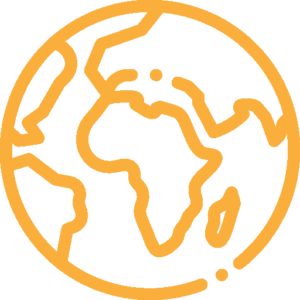User Stories

“We are called to be architects of the future, not its victims.” R. Buckminster Fuller
bad systems have bad results
Let’s be honest—the system’s broken — so we’re creating a new one. We design, prototype, and launch open-source tools for the next evolution of human civilization. Our mission? Build platforms that empower individuals and communities to connect, collaborate, and create lasting change.
No ads. No shady algorithms. No corporate fluff. Just transparent, decentralized solutions that work for people. The future is collaborative—and it starts here. Ready to help build it? Let’s get to work.
